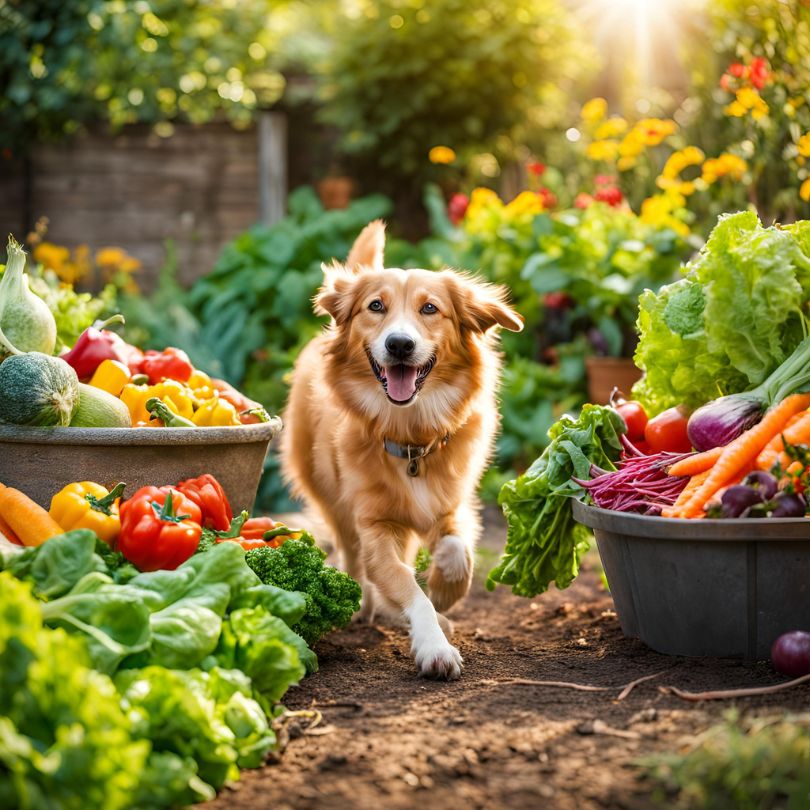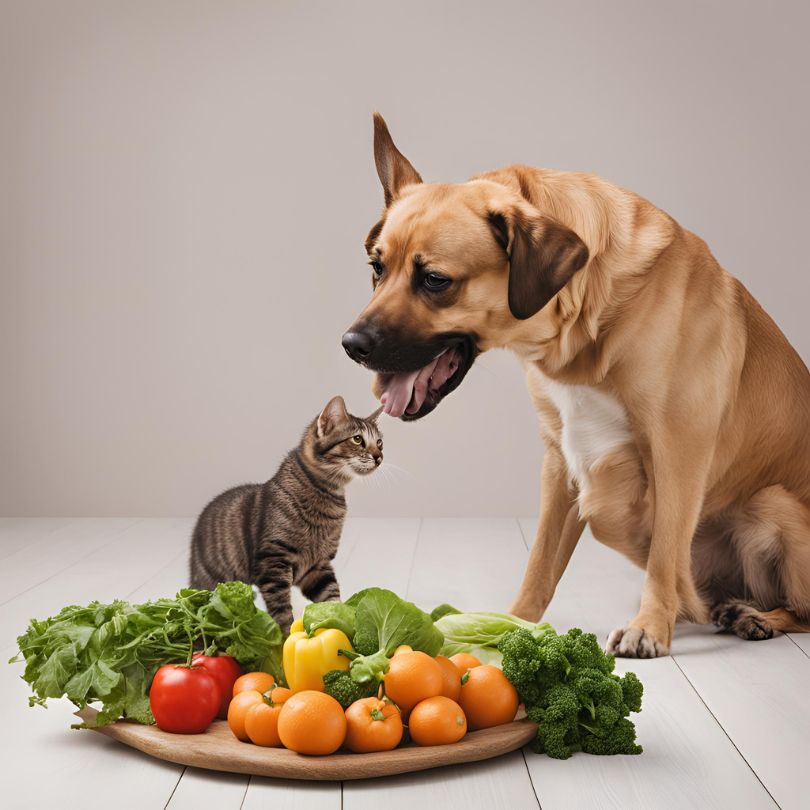Ensuring your pet’s health and happiness starts with what’s in their bowl. With the growing trend of organic food in the pet industry, more owners are turning to these natural options for their furry companions. But how do you determine which organic pet food is best? This guide provides everything you need to know to make the right choice.
1. What Is Organic Pet Food?
Organic pet food is made from ingredients that are grown and processed without the use of synthetic pesticides, herbicides, chemical fertilizers, or genetically modified organisms (GMOs). These foods meet specific regulatory standards to ensure quality and safety. The U.S. Department of Agriculture (USDA) offers organic certifications for pet food, ensuring they adhere to strict guidelines.
Why Choose Organic?
– Healthier Ingredients: Free of artificial additives, preservatives, and fillers.
– Better Digestion: Organic options are often easier for pets to digest, reducing stomach upset and allergies.
– Environmental Benefits: Organic farming practices are sustainable and environmentally friendly.
2. Benefits of Organic Food for Pets
Switching your pet to organic food can lead to numerous benefits:
Healthier Coat and Skin
Pets fed organic diets often show improved coat shine and healthier skin. This is due to the absence of harmful chemicals and the inclusion of high-quality oils and nutrients.
Reduced Allergies and Sensitivities
Many non-organic pet foods include fillers like corn, wheat, and soy—common allergens for pets. Organic options avoid these and use single-source proteins and whole grains.
Stronger Immune System
Organic foods are packed with antioxidants, vitamins, and minerals, which can strengthen your pet’s immune system, helping them fight off diseases.
3. How to Choose the Best Organic Pet Food
Selecting the best organic food for your pet requires careful consideration. Here’s a step-by-step guide:
Step 1: Look for Certification Labels
Ensure the product is labeled as “USDA Organic.” This means it contains at least 95% organic ingredients and meets strict processing standards.
Beware of Misleading Terms: Words like “natural” or “holistic” don’t equate to “organic.” Always verify the certification.
Step 2: Prioritize High-Quality Ingredients
Examine the ingredient list. The first ingredient should be a high-quality protein source, such as organic chicken, beef, or fish. Avoid foods with by-products, artificial flavors, or synthetic preservatives.
Top Ingredients to Look For:
– Organic meats (chicken, beef, turkey)
– Whole grains (quinoa, oats)
– Vegetables (sweet potatoes, carrots, peas)
– Healthy fats (flaxseed, fish oil)
Step 3: Match Food to Your Pet’s Needs
Every pet has unique dietary requirements based on their age, size, breed, and activity level.
– For Puppies and Kittens: Opt for high-calorie, protein-rich organic food to support growth.
– For Adult Pets: Focus on balanced nutrition to maintain energy levels.
– For Seniors: Look for lower-calorie, easily digestible options with joint-supporting ingredients like glucosamine.

Step 4: Research the Brand
Trustworthy brands often have transparent sourcing practices and provide detailed information about their products. Check customer reviews and consult your veterinarian for recommendations.
4. Top Organic Pet Food Brands in 2024
To help you get started, here are some of the best organic pet food brands that consistently deliver quality:
1. The Honest Kitchen
– Certified organic and human-grade.
– Offers dehydrated foods that are easy to prepare.
– Popular product: The Honest Kitchen Whole Grain Chicken Recipe.
2. Castor & Pollux Organix
– Known for its USDA-certified organic formulas.
– Includes superfoods like blueberries and flaxseed.
– Popular product: Organix Grain-Free Organic Chicken & Sweet Potato Recipe.
3. Tender & True
– Focuses on sustainability and organic sourcing.
– Offers options for pets with allergies or sensitivities.
– Popular product: Organic Turkey & Liver Recipe.
4. Open Farm
– Uses ethically sourced and organic ingredients.
– Grain-free options available.
– Popular product: Open Farm Organic Chicken & Ancient Grains Recipe.
5. Common Myths About Organic Pet Food
Myth 1: Organic Pet Food Is Too Expensive
While organic food may cost more upfront, it can save money in the long run by reducing vet bills and improving your pet’s overall health.
Myth 2: Organic and Natural Are the Same
As mentioned earlier, “natural” is not regulated, while “organic” must meet strict standards. Always check for certifications.
Myth 3: All Pets Benefit Equally from Organic Food
While organic food is a great choice, some pets with specific health conditions might require prescription diets. Always consult with your vet.
6. Transitioning Your Pet to Organic Food
Switching to a new diet can be challenging for pets, so a gradual transition is key.
Step-by-Step Process:
1. Days 1-3: Mix 25% organic food with 75% of their current food.
2. Days 4-6: Mix 50% organic food with 50% of their current food.
3. Days 7-9: Mix 75% organic food with 25% of their current food.
4. Day 10: Feed 100% organic food.
Monitor your pet for any signs of discomfort or allergies during this transition.
7. DIY Organic Pet Food: Is It Worth It?
For pet owners who prefer full control over their pet’s diet, making organic food at home can be a rewarding option. Here’s a simple recipe:
DIY Organic Dog Food Recipe
– 1 cup organic brown rice
– 1 lb organic chicken (boiled and shredded)
– 1 cup organic vegetables (carrots, peas, or sweet potatoes)
– 1 tbsp organic olive oil
Instructions:
1. Cook the brown rice according to package instructions.
2. Mix in the shredded chicken and steamed vegetables.
3. Drizzle olive oil on top and let it cool before serving.
Note: Always consult your vet before preparing homemade meals to ensure they meet your pet’s nutritional needs.
8. Conclusion: A Healthier Life for Your Pet
Choosing the best organic food for your pet requires careful consideration, but the benefits far outweigh the effort. By focusing on certified organic products, high-quality ingredients, and your pet’s specific needs, you can provide a healthier, happier life for your furry friend.
Final Tip: Always stay informed and consult with your veterinarian to ensure your pet gets the best possible nutrition.

